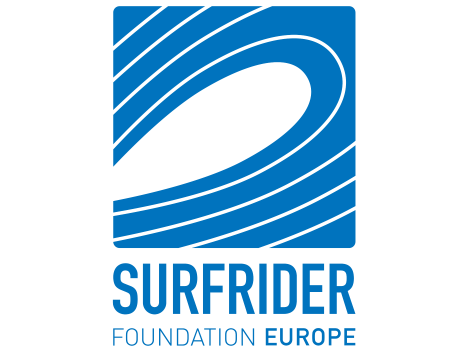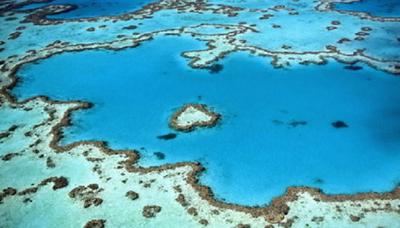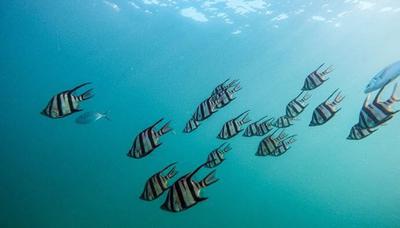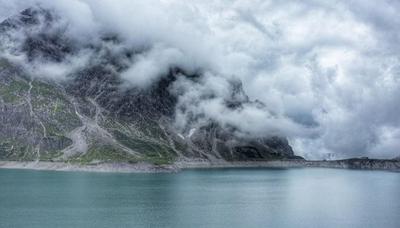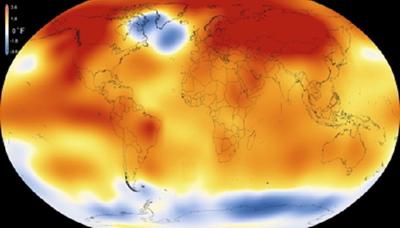Ocean acidification
Acid Attack
About a third of the carbon dioxide (CO2) generated by human activities has already been absorbed by the ocean since the beginning of the industrial revolution. This contributes to attenuate the effects of global warming. Without this process, the amount of CO2 in the atmosphere would have been much greater than that observed today. The effects on the climate would be multiplied.
Part of atmospheric CO2 dissolves at the surface of the ocean. Once in the water, it can subsequently be found in different forms, including carbonic acid. This chemical reaction is the cause of the changes in chemical equilibrium of sea water. The result is, firstly, an increase in hydrogen ions, causing acidification and, secondly, a decrease in carbonate ions. The latter are essential elements for the construction of skeletons and other calcareous structures in marine plants and animals.
“Ocean acidification” is defined by a decrease in pH, which is the unit of measurement of the acidity of a liquid. Acidification has increased by 26% since the beginning of the Industrial Revolution (1800). However, certain prediction models expect a 150% increase in acidity by 2100. The current rate of ocean acidification is ten times faster than it ever was at any other period during the preceding 55 million years.
The consequences of this phenomenon began to be studied in the late 1990s and still remain ill known. Experiments have shown that certain types of phytoplankton, such as coccolithophores that are covered with calcareous plates, and some animals with calcareous skeletons, develop defects when living in an acidic environment. Marine ecosystems and their biodiversity and food webs, that human communities depend upon, are therefore likely to be affected by the accelerating ocean acidification.
Acidification is a dramatic change taking place in the ocean. The warming of surface waters is another. Moreover, the latter contributes to reduce the ocean’s capacity of absorbing CO2.This leads to an increase in the concentration of atmospheric CO2, in turn aggravating its impact on the climate.
GOOD TO KNOW
– The concentration of H+ defines acidity: the higher the concentration, the greater the acidity and lower the pH.
– The term «acidification» indicates an ongoing process, which is the modification of the pH; however the ocean will still not become an acidic medium.
